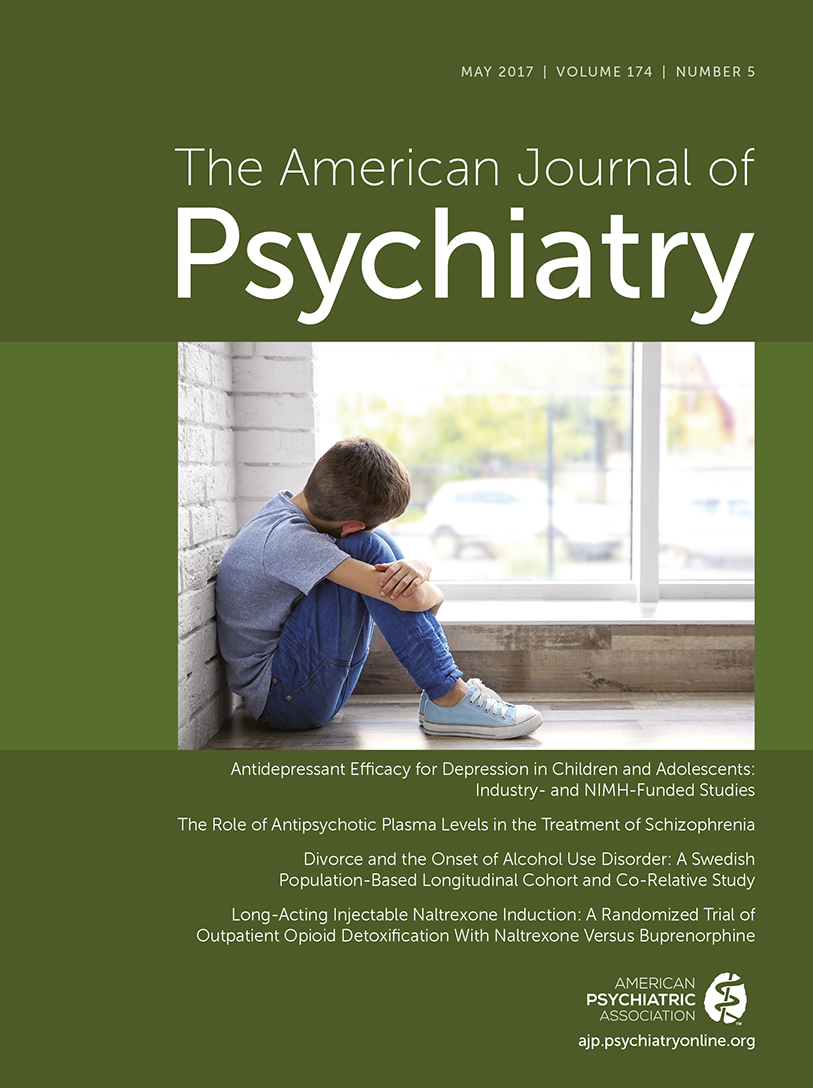Clarifying Methods in a Study of Outcomes of Citalopram Dosage Risk Mitigation in a Veteran Population: Response to Krijnsen et al.
To the Editor: We appreciate the interest in our retrospective cohort study of efforts to reduce the risk associated with the prescribing of higher dosages of citalopram. Initially, all members of the study cohort had citalopram prescriptions for dosages that exceeded a new Food and Drug Administration safety limit of 40 mg/day. All endpoint events that occurred before the first indication we had that the citalopram prescription might have been discontinued (i.e., a 30-day lapse in prescription resupply) were counted in the group or time period when the exceedingly high citalopram dosages were assumed to be continued. As discussed in the article, this possible misclassification of endpoint events into the higher dosage group would bias against finding an increased risk of hospitalizations after the citalopram dosages were reduced. All endpoint events that occurred after subjects were censored because of a 30-day lapse in citalopram resupply were excluded from the analyses. Some of these postcensoring events would have been captured by the sensitivity analysis using a 90-day lapse in resupply before censoring that produced essentially the same results as the analysis using a 30-day lapse.
We certainly agree that the magnitude or rapidness of the citalopram dosage reductions to <40 mg/day may have contributed to the observed risk associated with the citalopram dosage reductions. Given the limited information in prescription records about exactly when and by how much citalopram dosages were reduced, we did not pursue any analyses of the magnitude or rate of the dosage reductions.
Although a survival bias could not be ruled out in this noninception citalopram cohort study, the likelihood that this bias is present decreases with the expected incidence of fatal QT prolongation. If the incidence of clinically significant citalopram-induced long QT syndrome, including torsade de pointes, is extremely low as suggested, then any substantial risk associated with reducing dosages of citalopram that have been clinically titrated to high levels needs to be taken into consideration as clinicians decide how to respond to recommended dosage restrictions aiming to mitigate the risk of citalopram-induced prolongation of the cardiac QT interval.



